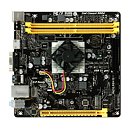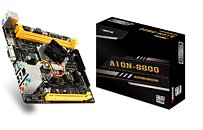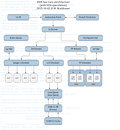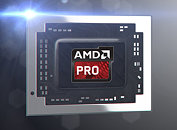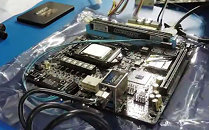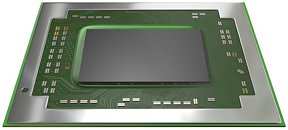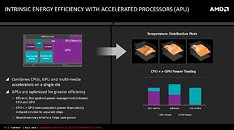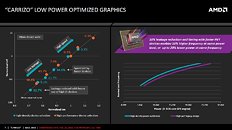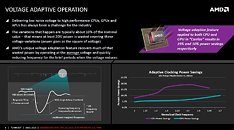
BIOSTAR Launches Gaming-Ready A10N-8800E SoC Motherboard with AMD Carrizo and AMD Radeon R7 Graphics
BIOSTAR, a leading manufacturer of motherboards, graphics cards, and storage devices, launches the gaming-ready A10N-8800E SoC motherboard. The BIOSTAR A10N-8800E sports a compact mini-ITX form-factor, perfect for small-form-factor gaming PCs and HTPCs. The A10N-8800E packs a powerful Carrizo architecture-based AMD FX-8800P quad-core processor with an integrated AMD Radeon R7 Graphics for superb processing performance, power efficiency and game-ready graphics. The A10N-8800E supports dual-channel DDR4 memory, up to a speed of DDR4-2133 and a maximum capacity of 32GB (2x16GB). The motherboard also packs 1 x M.2 Key M 16Gbps slot for high-performance PCIe NVMe M.2 solid-state drives.


